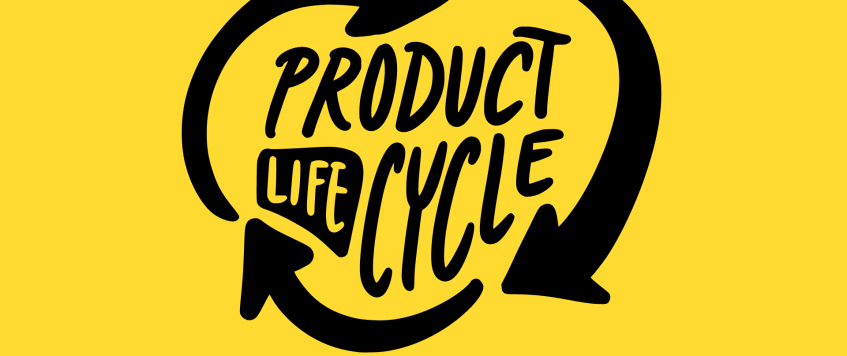-
03
May
Product life cycle and its stages
The product life cycle is a conceptual framework that describes the stages a product goes through from its initial introduction to its eventual decline and obsolescence. These stages can be summarized as follows:
Development Stage:
This is the stage where the idea for the product is conceived and initial research and development takes place. The product is not yet available for sale to the public.
Introduction Stage:
This is the stage where the product is first launched and introduced to the market. Sales are typically low during this stage as the product is still unknown to the general public.
Growth Stage:
In this stage, sales of the product begin to increase rapidly as awareness of the product grows and more people start buying it.
Maturity Stage:
This is the stage where the product reaches its peak in terms of sales. Competitors may also have entered the market and the product may face pricing pressure.
Decline Stage:
This is the stage where sales of the product begin to decline as it becomes outdated, loses relevance or faces strong competition.
It’s important to note that not all products will experience all of these stages, and the length of each stage may vary depending on the product and industry. Understanding the product life cycle is important for businesses as it can help them make strategic decisions about their products, such as when to invest in new product development or when to discontinue a product.
Relevant Articles : Product Visualization
